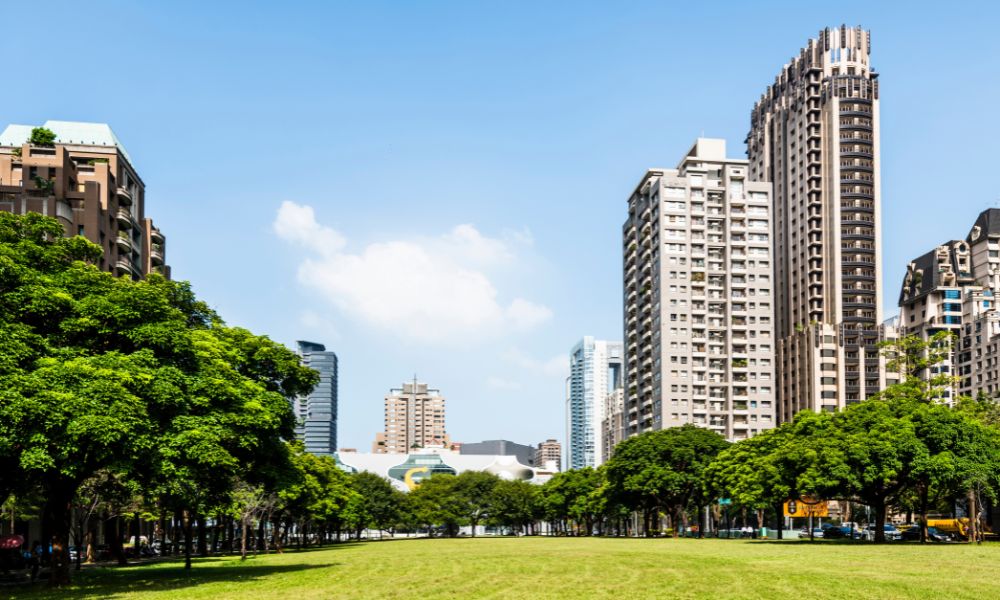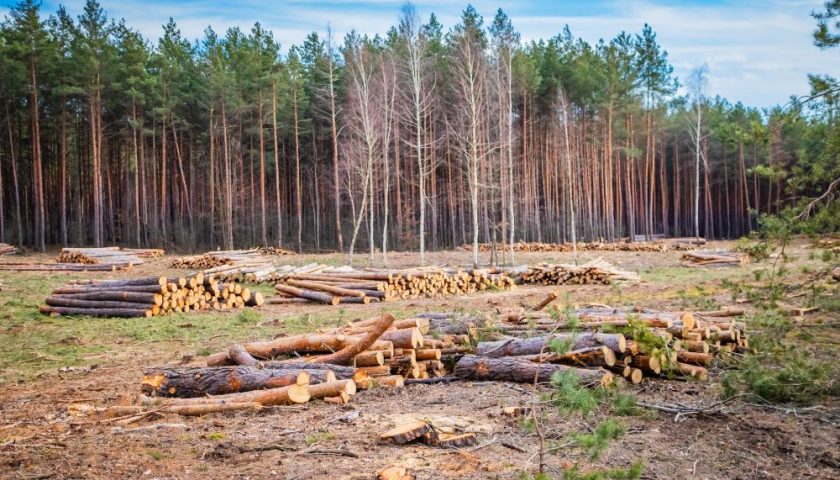Many cities today are implementing more sustainable and green practices to make their environmental impact less harmful. But what are the characteristics of an environmentally friendly city, and how does an urban landscape become greener? We answer that question and more below.
Green Buildings
One of the primary polluters in our cities comes from the buildings themselves. The energy required to heat, cool, and build our homes and workspaces is a tremendous strain on the atmosphere and environment. Green buildings are structures that strive to be more eco-conscious with practices like smart heating and cooling systems, solar panels, and even green roofs.
More and more buildings and workspaces are using environmentally friendly strategies to reduce carbon emissions and save money. These green practices help make buildings more energy-efficient and, therefore, more affordable to maintain. Plus, there are often tax incentives for installing green technology, like solar panels.
Sustainable Structural Materials
Another hallmark of a green building is its construction with sustainable structural materials. One example of sustainable building material is high-density polyethylene (HDPE), a plastic material considered by many to be the future of residential building materials.
HDPE is a green building material because it consists of recycled plastics, reducing our landfills and preserving our forests from lumber deforestation. Plus, HDPE is just as capable and even more durable than traditional lumber, cement, or brick.
Public Green Spaces
Another characteristic of an environmentally friendly city is it has plenty of green public spaces to offer its residents. Urban green spaces aren’t just for aesthetic purposes—they’re also essential to producing a thriving biodiversity within an urban landscape.
Public parks, trails, and even simple street trees make a city look more natural and beautiful while also helping to control pollution. Plus, most city residents prefer public green spaces to tall buildings or parking lots.
Accessible Public Transportation
Public transportation is another key facet of an environmentally focused city. Accessible, convenient, and affordable public transportation helps a city become more connected and reduce carbon monoxide pollution by taking more cars off the road.
With subways, metro rails, trolleybuses, and plenty of other public transport options, cities can cut down on the thousands of people commuting to work by car every day and make the city’s air cleaner and healthier for residents.
Bikeable Neighborhoods
Another strategy for removing more cars from urban landscapes is making neighborhoods more walkable and bikeable. A walkable and bikeable city includes many things, like:
- Car-free neighborhoods and streets
- Bike paths and lanes
- Pedestrian bridges
- Connected urban grids
It takes much more investment to make many car-focused American cities more walkable and bikeable, but the benefits are a more environmentally friendly and healthy city for residents to live in.





